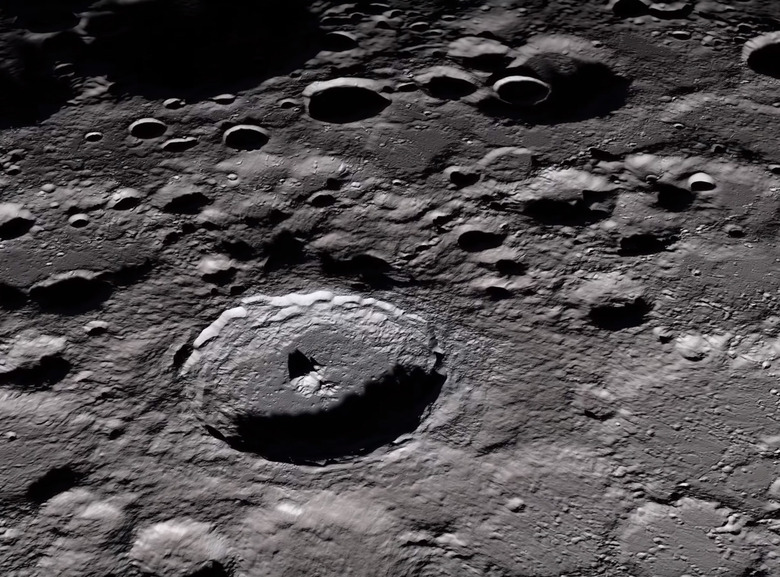NASA Might Not Make It To The Moon By 2024 After All
- NASA's plans to return to the Moon by 2024 have been criticized and doubted since they were first announced.
- Now that the Trump administration is gone, the acting NASA Administrator is trying to determine whether the schedule is still feasible.
- A number of setbacks and the coronavirus pandemic have affected the timeline, meaning that humans returning to the lunar surface may happen later than planned.
Ever since the Moon 2024 plan was announced at the behest of the Trump Administration, critics have wondered how it would be possible for NASA to pull it off. NASA was already planning on returning humans to the lunar surface, but by demanding that NASA makes it happen by 2024, the Trump administration was cutting roughly four years off of the original timeline. That's a stiff deadline, but Trump-appointed NASA Administrator Jim Bridenstine bent over backward in an attempt to meet the date.
Now, with Trump out of the White House and new leadership set to take over NASA's top position, the agency is rethinking whether or not it makes sense to push for the 2024 date after all. As Politico reports, acting NASA administrator Steve Jurczyk is working with other top officials to determine if the timeline should be pushed back and, if so, by how much.
Sadly, none of this should come as a surprise to anyone who has been paying attention to NASA's Artemis program over the past few years. Artemis is an incredible undertaking and it's going to take an incredible amount of money and manpower to send humans back to the Moon and accomplish the other goals NASA has attached to the program.
The space agency is slim on funding, many of its long-running projects like the Space Launch System have seen huge delays, and if the Moon 2024 date was already a long shot when it was announced, it might take a miracle to make it happen after the pandemic and all the setbacks associated with it.
Jurczyk told Politico that "It's probably going to take two to three months to work through all [the logistics] and determine the feasibility" of returning to the Moon by 2024. The space agency will then determine if it needs to plan for delays, and issue a new timeline for man's return to the Moon.
NASA is still dead-set on returning humans to the Moon and has even gone so far as to tease out who will be the first men and women to make the trip. It'll be an extremely exciting time whenever it actually comes to pass, but at the moment there's very little reason to count on NASA accomplishing the feat by 2024. We'll have to wait until NASA's new leadership finishes its assessment of the status of the Artemis program, but for now, it's probably a good idea to expect a significant delay.
